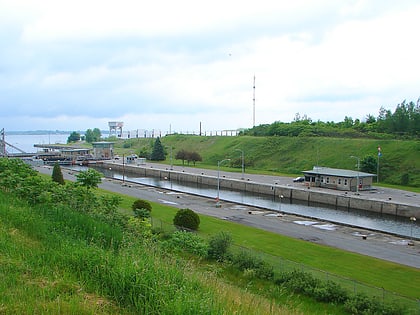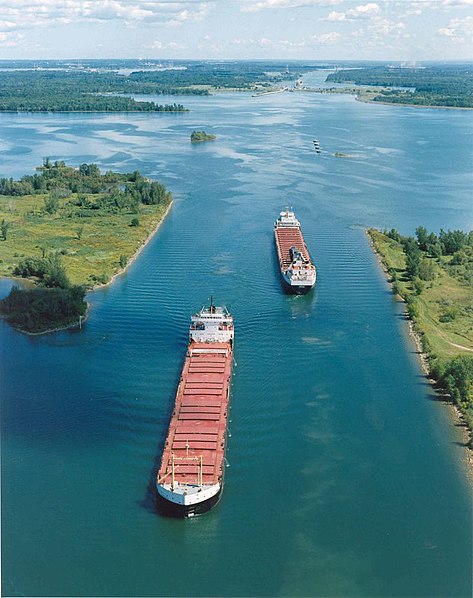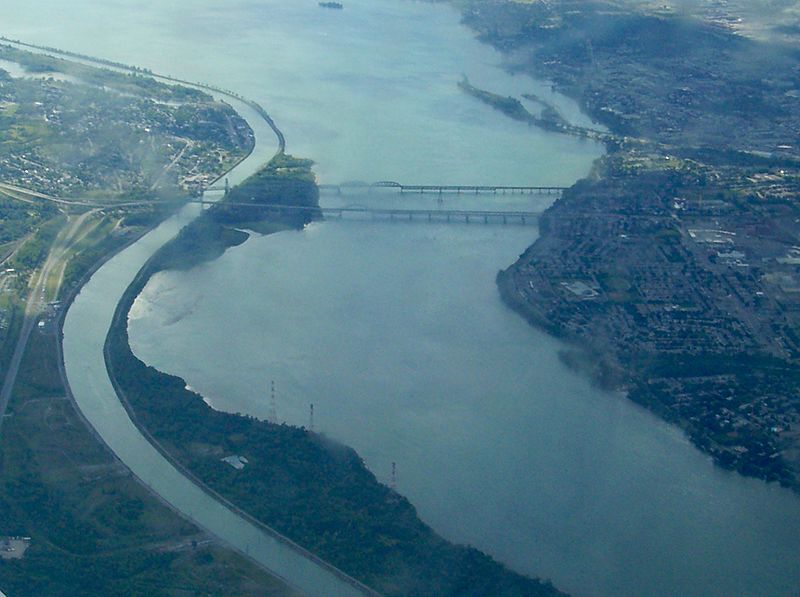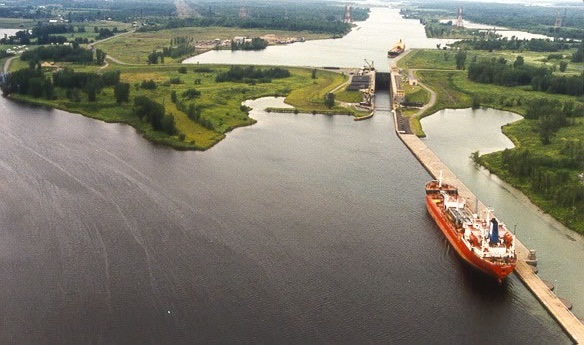St. Lawrence Seaway
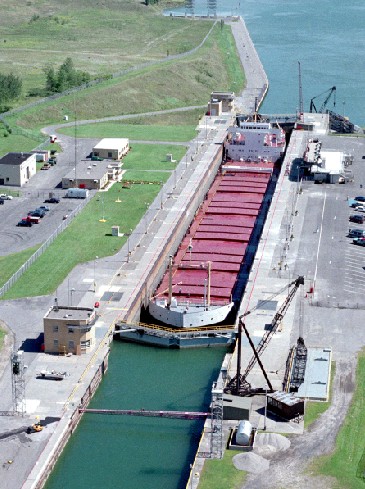
Facts and practical information
The St. Lawrence Seaway, a marvel of modern engineering, is a key waterway that enables ships to traverse the vast distance from the Atlantic Ocean to the Great Lakes of North America. This intricate canal system, completed in 1959 through a joint effort by Canada and the United States, stretches approximately 3,700 kilometers, connecting Montreal, Quebec, to Lake Erie.
The seaway revolutionized maritime commerce by allowing ocean-going vessels to bypass the natural barriers of the St. Lawrence River, such as rapids and varying water levels. It consists of a series of locks, canals, and channels, meticulously designed to manage the 75-meter elevation rise from the Atlantic to the Great Lakes.
One of the most impressive features of the St. Lawrence Seaway is the Welland Canal, which circumvents the Niagara Falls by connecting Lake Ontario to Lake Erie through a series of eight locks. The seaway's locks are massive, with some measuring 233.5 meters in length, 24.4 meters in width, and 9.1 meters in depth, capable of accommodating ships known as "Lakers" and smaller "Salties."
As a critical trade artery, the St. Lawrence Seaway has had a significant impact on the economic development of the Great Lakes region, facilitating the transport of cargo such as grain, steel, and machinery. Beyond its commercial use, the seaway also offers recreational boating opportunities and is an important source of hydroelectric power.
St. Lawrence Seaway – popular in the area (distance from the attraction)
Nearby attractions include: Edwardsburgh/Cardinal.
